Screaming fans excited about your research, the Sharpie on your lanyard for signing autographs – wouldn’t that be nice?
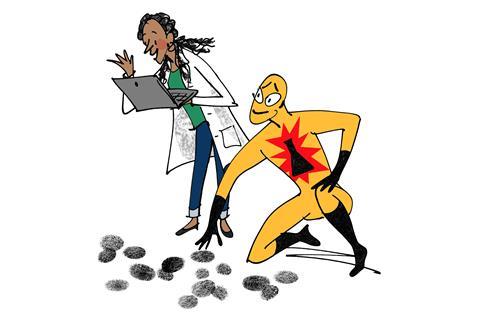
To say that the Marvel Cinematic Universe (MCU) and science in the real world are similar is correct, but to say that they are different is also correct.
The MCU centres around superheroes and their continued effort to protect civilians from the evil villains. It was the mid-2010s when I sat on my sofa with my mum and ‘met’ arguably one of the top three best superheroes of all time: Iron Man. What an arrogant and self-righteous man, who you can’t help but root for. Even with his flawed personality, he is a man with phenomenal ideas and the money to fund them, from constructing version upon version of the iron man suit to creating an arc reactor.
Now, the situations which resulted in most of these – like being invaded by aliens – are generally unheard of in real life (at least to my knowledge). But often in science, there are scientists like Tony Stark who receive every grant that they apply for, and have access to world class technology (Not always undeservedly, but sometimes unfairly.) Understanding Iron Man can help us reflect on what we are teaching people about scientists but also what we can do to change this narrative.
Another favourite superhero of mine is the loveable Peter Parker – alias Spider-Man. There are now four versions of Spider-Man (or more if we include the multiverse) but they all follow a common theme; a wide-eyed, eager science nerd who gets bitten by a radioactive spider.
Once again, to my knowledge I haven’t met anyone with spider-related powers. But I have met a lot of students exuding a passion and excitement for science like Parker . This includes me. However, it wasn’t until my final year of university that I felt fully able to experience a similar freedom to Parker and to try all my crazy chemistry ideas (within reason of the laboratory brief). In the same way that Parker tries to find different materials to build up the perfect suit, in one of my final projects I got to experiment with different reagents to find which one shows fingerprints the best on varying materials – a novel and oddly thrilling Sherlock-esque activity.
Visible and thriving
Now finally, the only Marvel movie to still have a place on my wall: Black Panther. However, I am not talking about the great T’Challa, but the empowering Shuri. To fully explain the importance of her appearance, I first must tell you about my limited exposure to Black, Asian and minority ethnic (Bame) scientists during school. Most, if not all, of the science textbooks I was exposed to in secondary school only discussed white male scientists and their research. It wasn’t until I watched Hidden Figures that I could name a Black woman who worked in science – the great Katherine Johnson. So, in 2018, to see Shuri, a funny, stylish scientist, using her knowledge to help her family and environment not just survive, but also thrive, was truly incredible.
More importantly was the reaction of the Wakanda nationals. No one was shocked to see her in such a position. During my degree, there were few female staff members in my discipline and even fewer Bame ones, but those I met were inspiring – just as Shuri is.
Where are the teams of people dressing up as Jennifer Doudna and Emmanuelle Charpentier?
We’ve gone through the similarities between the MCU and science in the real world – it’s time to question why things are so different and how we can change them.
Only in the MCU do people wear masks of scientists’ faces or have themed birthday parties based on them. (I acknowledge that there is the odd mad scientist at costume parties, usually based on Albert Einstein.)
The science and changes made in the real world are just as profound and essential as in the MCU – I mean, scientists have found a way to edit DNA, yet where are the teams of people dressing up as Jennifer Doudna and Emmanuelle Charpentier?
Unfortunately, I think the reason is the age-old idea that science is boring or for nerds. To overcome this, we can take a page out of the MCU book. In the same way that Iron Man harnessed the power of the infinity rings, scientists and science communicators should harness the power of superheroes and make connections between them and the real science and scientists out there.
To teach people about teamwork show them one of The Avengers films. To teach them about imposter syndrome, show them Spider-Man: Far from Home. To teach them about elements show them Black Panther, where we learn about the absorption properties of vibranium. Hopefully, through this, the only death will be to the negative science stigma (spoiler – but also it’s been years, go watch Avengers: Endgame 2). Maybe chemistry can become the next great superpower.
Introducing the newest superhero: The Chemist. (Side note: not a drug dealer.)




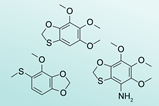






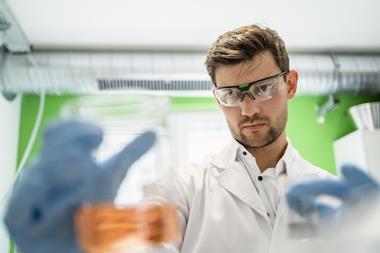

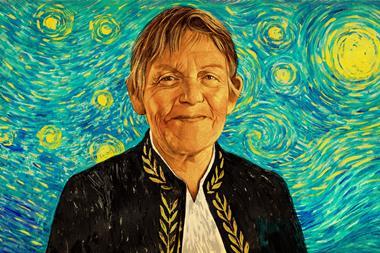

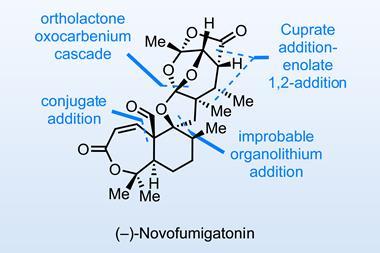
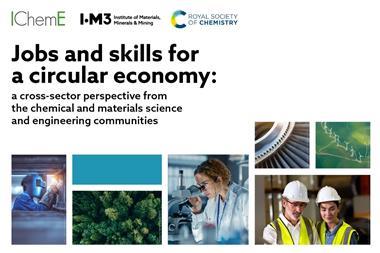
No comments yet